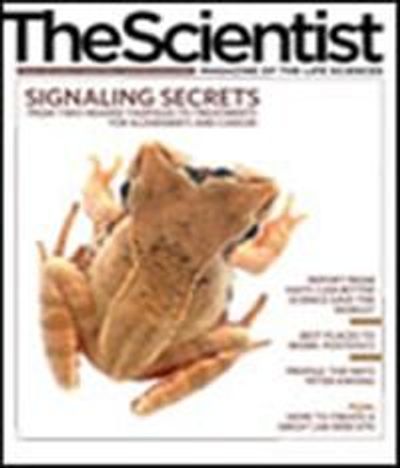
The paper:
D. Huson, D. Bryant, "Application of phylogenetic networks in evolutionary studies," Mol Biol Evol, 23:254-67, 2006. (Cited in 120 papers)
The gist:
In this review paper, Daniel Huson, a bioinformatician at the University of Tübingen, Germany, and David Bryant, from the University of Auckland, explained the rationale of using web-like phylogenetic networks instead of traditional trees to represent evolutionary relationships. This paper also introduced a new version of computer software, SplitsTree4, designed to handle phylogenetic data and build complex networks.
The theory:
Though phylogenetic networks have been used since the 1990s, this paper attempted to demystify the process. "It does provide a very lucid summary, in no-nonsense terms of what these networks are," says Bill Martin, University of Dusseldorf botanist and the editor-in-chief of Molecular Biology and Evolution when the paper was published.
The utility:
According to Martin, phylogenetic networks illustrate the vagaries of molecular evolution more...
The future:
Huson says that he is now working on a computer program called Dendroscope that might smooth the transition into networks for researchers who have built careers using trees. Dendroscope melds the concepts underlying phylogenetic networks with a more familiar tree-like presentation. "The future direction is trying to make the networks more palatable for people who are tree believers," he says.
| Networks used to build phylogenies for: |
| Insects - Molec Ecol, 16:5204-15, 2007 |
| Bacteria - J Bacteriol, 189:7932-6, 2007 |
| Viruses - Clin Vaccine Immunol, 14:1266-73, 2007 |
Interested in reading more?





